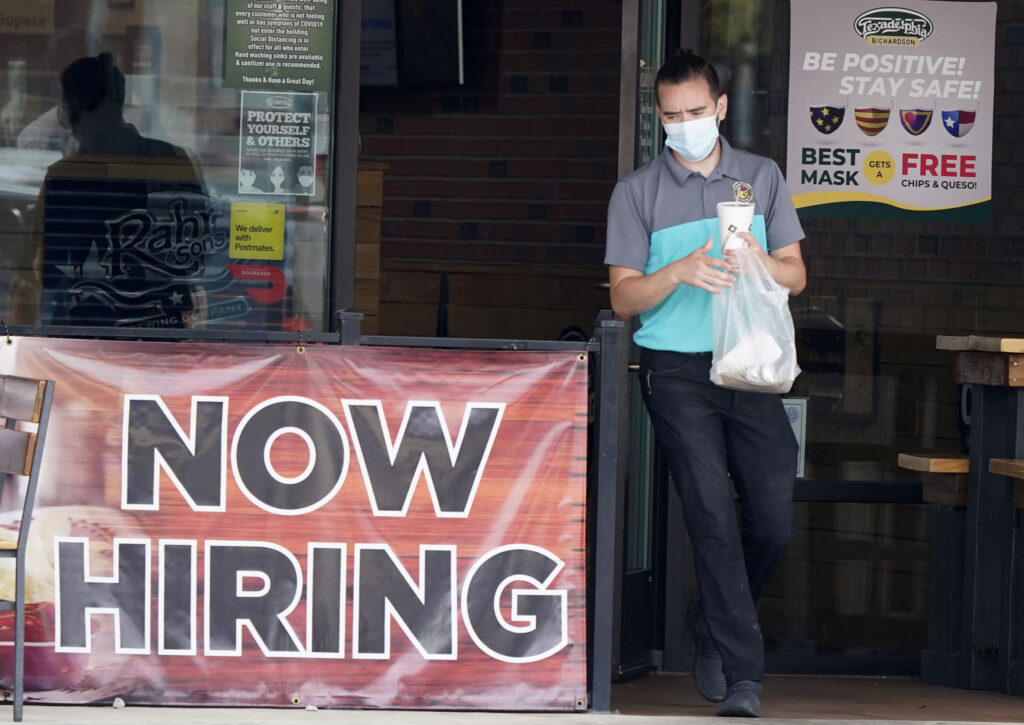Economic growth since the COVID-19 pandemic has exceeded previous expectations predicted at the start of the pandemic, according to a recent report released by the Brookings institution entitled, “11 Facts on The Economic Recovery From the COVID-19 Pandemic.”
The report cites increased wages in certain sectors, increased disposable personal income (DPI), decreased poverty numbers measured by the Official Poverty Measure, a surge in durable good spending by consumers due to social distancing and the second quarter gross domestic product (GDP) released in August of this year, which outperformed pre-pandemic GDP levels.
Dr. David M. Cutler, Otto Eckstein Professor of Applied Economics at Harvard University, said that the early efforts of the government and federal reserve bank helped to prevent an economic disaster. In 2020, Cutler and former Treasury Secretary Lawrence Summers, authored a study published in the Journal of the American Medical Association which estimated the projected cost of COVID-19. Summers and Cutler valued the economic cost to the United States at $16 trillion dollars.
Despite these massive financial losses incurred, Cutler says the country is on the mend.
“The economy didn’t crater because of what we did as a country,” said Cutler. “I think now it’s really a question of how to get people back to work, the thing that is holding the economy back at the moment is that there are still people who are not vaccinated, and that’s putting a drag on everything.”
Despite the strides towards improvement, many economic effects of the pandemic remain. The decline in service sector unemployment has only partially improved, retail inventory remains low and the number of workers quitting their jobs is higher now than in the past 20 years, among other problems.
Although job openings are at an all time high, the number of people resigning from their jobs each month has increased. This combined with depressed labor participation and slow job matching has produced wage pressure, particularly for service industry workers.
The labor participation rate, or the rate of a proportion of a population working or actively seeking work, fell from 63% to 60% in 2020 between February and April, according to the report. Working mothers with children made up a significant portion of this demographic, precipitated by virtual school and the child-care closures that took place during the worst waves of the pandemic.
Despite the concerns over resignations and low labor participation rates, Cutler says he has only seen evidence of anecdotal or cluster resignations that are not wide scale.
“I don’t think there are mass resignations, at least not that I’ve seen,” said Cutler. “I haven’t seen any data. The anecdotes where employers have said they have mass resignations, turned out that they only had a very small number.”
The cause of these cluster resignations according to Cutler, are frustrations with current minimum wage jobs, particularly in service industries.
“Some of what’s happening is that people don’t necessarily want to go back to some of these jobs.” Cutler continued. “Particularly in restaurants and other service industries because the wages have not gone up and the hours weren’t that great. Of course, if employers want to hire people all they have to do is raise wages. But they are so far not willing to do that.”
Another cause of people resigning are due to the recent vaccine mandates. Vaccine mandate-related resignations and walkouts have been highly publicized but Cutler says are not happening consistently.
“I think it’s been overblown,” Cutler continued. “Lots of employers are imposing requirements that you be vaccinated. And some people are leaving but again I have not seen anything that suggests it’s a big number. People argued that everyone is going to resign if you had to [mandate vaccines], and then it turns out most people have their shots and want to keep their job.”
You may also like
-
UWG’s Ingram Library Hosts Pop-Up Study Spot to Help Students Prepare for Finals Week
-
UWG Offers Mental Health Support And Academic Services To Maintain Student Success During Finals Week
-
UWG Alumnus Shares His Experience Exploring the Underground Flood Channels of Las Vegas
-
Georgia Students Simulate the Struggles of Dementia
-
UWG PR Students Score a Georgia Power Tour at Atlanta Corporate Office
